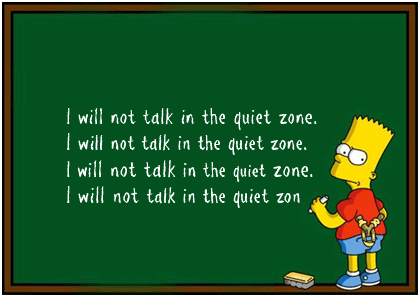Here’s a question for journalists and news consumers who remain interested in the future of the complicated, complex world of evangelical Protestantism: Now that Donald Trump is out of office, does it matter who becomes the next president of Liberty University?
Note that this question assumes that the future of Liberty is important — as a mainstream news story — if it is linked to politics, as opposed to questions about the future of Christian higher education.
There is another way to state this question: Would it be important if Liberty returned to the conservative Christian style and image of its founder, the late Rev. Jerry Falwell, instead of the high-energy, openly political agenda of Jerry Falwell, Jr.? In other words, the focus would be on conservative Christian beliefs and education, as opposed to political clout. That’s the question that was at the heart of this week’s “Crossroads” podcast (click here to tune that in).
If you followed the life and work of Jerry Falwell, Sr., you know that he was (#DUH) quite political. But this wasn’t an agenda that dominated the daily life and academic priorities of his university. Liberty was a conservative Baptist university and, for the most part, acted like one.
That changed under Jerry Falwell, Jr., of course. Consider this chunk of an “On Religion” column about that:
… Falwell Jr. developed a swashbuckling style that caused heat, especially when linked to race, guns, jets, politics, yachts and his specialty – real estate. Controversies about his de facto partnership with President Donald Trump thrilled many Liberty donors, alumni, parents and students, while deeply troubling others.
Many Christian college presidents are super-pastors who provide ties that bind to denominations, churches and networks of believers. Falwell Jr. — a lawyer — turned into a dynamic entrepreneur who courted powerful conservative politicos.
On regular Christian campuses, there "are higher expectations for presidents than members of the faculty, and members of the faculty live with greater expectations than students," noted religious-liberty activist David French, writing at The Dispatch.
"Liberty flipped this script. The president lived life with greater freedom than his students or his faculty. …”
This brings me to a fascinating news feature that ran the other day in The New York Times under this double-decker headline:
Conservative Activist Charlie Kirk Leaves Liberty University Think Tank
The Falkirk Center, named for its founders, Jerry Falwell Jr. and Charlie Kirk, was the center of evangelical Trumpism. Now, both are gone.










